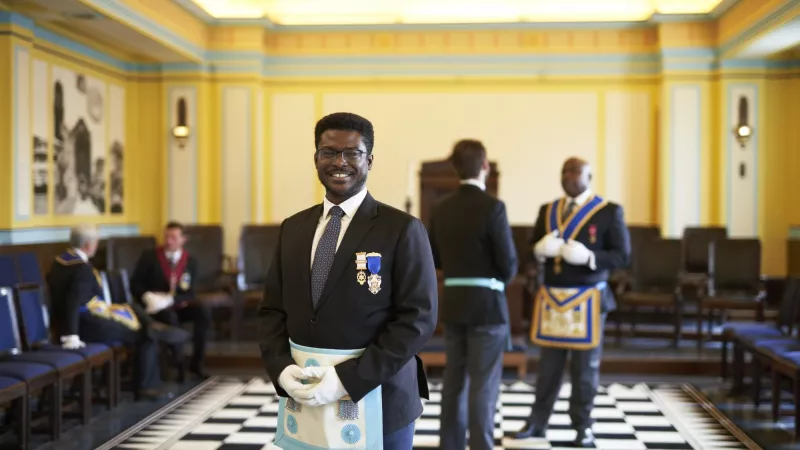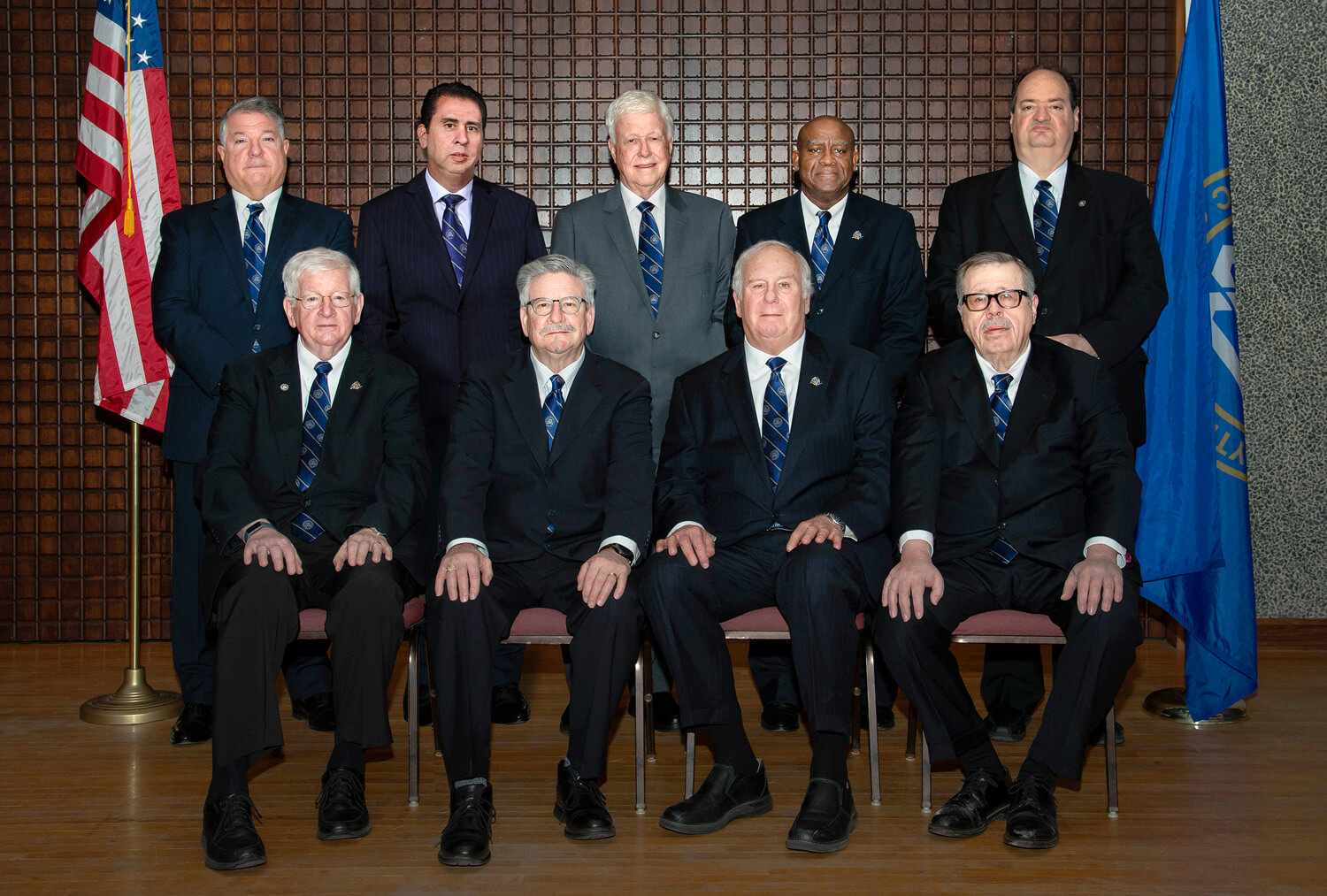The Ultimate Guide to Understanding How to Become a Freemason Easily
The Ultimate Guide to Understanding How to Become a Freemason Easily
Blog Article
Discovering the Mysteries of the copyright: What You Required to Know
The copyright, a term frequently shrouded in intrigue and controversy, stands for a complicated tapestry of historical fact and modern myth. Developed in the late 18th century, this secret culture was at first rooted in the Enlightenment's perfects but has actually because come to be associated with conspiracy theory theories about elite control. As we browse the origins, key figures, and the plain comparison between misconception and reality, one need to think about exactly how these narratives affect modern perceptions of power and privacy. What might be revealed with a closer assessment of these elements might challenge long-held assumptions regarding the darkness that remain in our culture.
Beginnings of the copyright
The beginnings of the copyright are soaked in a mix of historical intrigue and ideological fervor. Established in 1776 in Ingolstadt, Bavaria, by Adam Weishaupt, the group was initially developed as a secret society targeted at promoting Enlightenment suitables such as reason, secularism, and the separation of church and state. join freemason. Weishaupt, a professor of canon legislation, sought to challenge the prevailing authority of the church and state, which he deemed oppressive organizations stifling intellectual and personal freedom
The copyright sought to hire significant participants from numerous social markets, consisting of politics, academia, and the arts, to foster a network dedicated to these Knowledge concepts. The culture operated under a veil of secrecy, using coded language and routines to secure its participants from oppression, especially given the repressive environment of the moment. The copyright faced significant resistance from both governmental authorities and religious institutions, which viewed the team as a risk to their power.
Key Numbers and Members
Who were the essential numbers that formed the copyright's early impact and instructions? The Bavarian copyright, established in 1776 by Adam Weishaupt, emerged as a feedback to the overbearing social structures of the time.
Another significant number was Johann Gottlieb Fichte, a popular philosopher whose ideas on nationalism and education resonated with the copyright's goals. Fichte was not an official participant, his philosophical underpinnings influenced the group's ideological background. Additionally, numbers like the author and thinker Johann Wolfgang von Goethe were connected with the wider intellectual motions of the time, although their straight involvement with the copyright stays discussed.
These key figures added to the copyright's early direction, pressing the limits of political and social idea, while their cumulative initiatives intended to test well established standards and promote a climate of modern adjustment in Europe. (join freemason)
Misconceptions vs. Truth
Lots of mistaken beliefs border the copyright, often mixing fact with fiction in a means that covers its true nature. This secret culture, initially established in 1776 in Bavaria, aimed to advertise Enlightenment ideals and fight religious and political fascism. The concept that the copyright proceeds to exert considerable influence over globe occasions is a misconception. While the group did exist, it was dissolved in the late 18th century and has actually not run as a natural entity ever since.
Another prevalent misconception is that the copyright makes up a network of elite individuals manipulating global events. Actually, lots of conspiracy concepts exaggerate the group's importance, associating misguided objectives to social trends and events. This has actually resulted in an oversimplified sight of intricate problems.
Furthermore, the portrayal of the copyright in popular society frequently additional distorts its legacy. Films and literary works tend to sensationalize the company's function, developing a story that diverges from historic realities. Understanding the difference in between the misconceptions and the reality of the copyright is critical for critical the real effect of this historic group and recognizing the broader implications of conspiracy theory theories in modern society.

Modern Interpretations
Contemporary analyses of the copyright commonly show wider social anxiousness and an attraction with privacy and power. This modern lens often connects the copyright with conspiracy theories that recommend a hidden elite orchestrates world occasions, controling governments and economic climates for their own gain. Such narratives use a deep-seated question of authority, specifically in times of situation or social turmoil.
In preferred culture, the copyright is usually illustrated as a divine organization shrouded in secret, resulting in a myriad of imaginary portrayals in literature, film, and music. This representation serves not only to amuse yet likewise to prompt thought of the nature of power and control in contemporary society. Social media site has better enhanced these interpretations, enabling quick circulation of conspiracy theory concepts and producing neighborhoods that share and increase upon these ideas.
Furthermore, some modern-day interpretations frame the copyright as an allegory for the dig this complexities of globalization and the interconnectedness of significant people and companies. This perspective urges an essential evaluation of exactly how power characteristics run in today's world, highlighting the equilibrium between transparency and privacy in governance and business practices.
Social Effect and Heritage
Influenced by centuries of intrigue, the cultural impact and tradition of the copyright expand far past its historic beginnings. This secret culture, developed in the late 18th century, has penetrated various elements of pop culture, from literature and movie to songs and art. join freemason. The idea of the copyright has actually developed right into an icon of conspiracy theories, usually standing for a perceived concealed power controling international events
In literature, writers like Dan Brown have woven the copyright right into intricate stories, fascinating viewers with motifs of privacy and power. Movies such as "National Treasure" and "The Da Vinci Code" further continue the allure of the culture, blending fact with fiction to develop appealing stories.

Ultimately, the copyright's heritage is a complicated tapestry of misconception and truth, forming understandings of secrecy and control in modern discussion. Its enduring visibility in culture emphasizes humankind's seasonal mission for understanding concealed truths.

Conclusion
The expedition of the copyright reveals an intricate interplay in between historical realities and modern myth-making. Established in the Enlightenment period, this society intended to challenge overbearing frameworks, yet its legacy has actually been overshadowed by conspiracy theory theories that recommend elite manipulation. Comprehending the differences between the initial ideals and modern analyses is vital for understanding the withstanding attraction with the copyright and its significant influence on social narratives bordering power and secrecy in culture.
Report this page